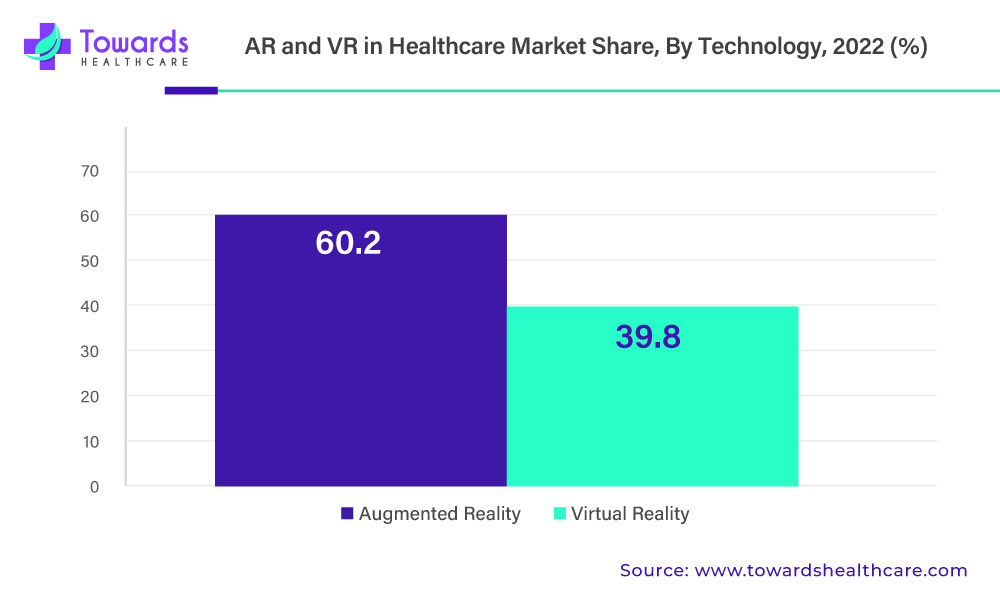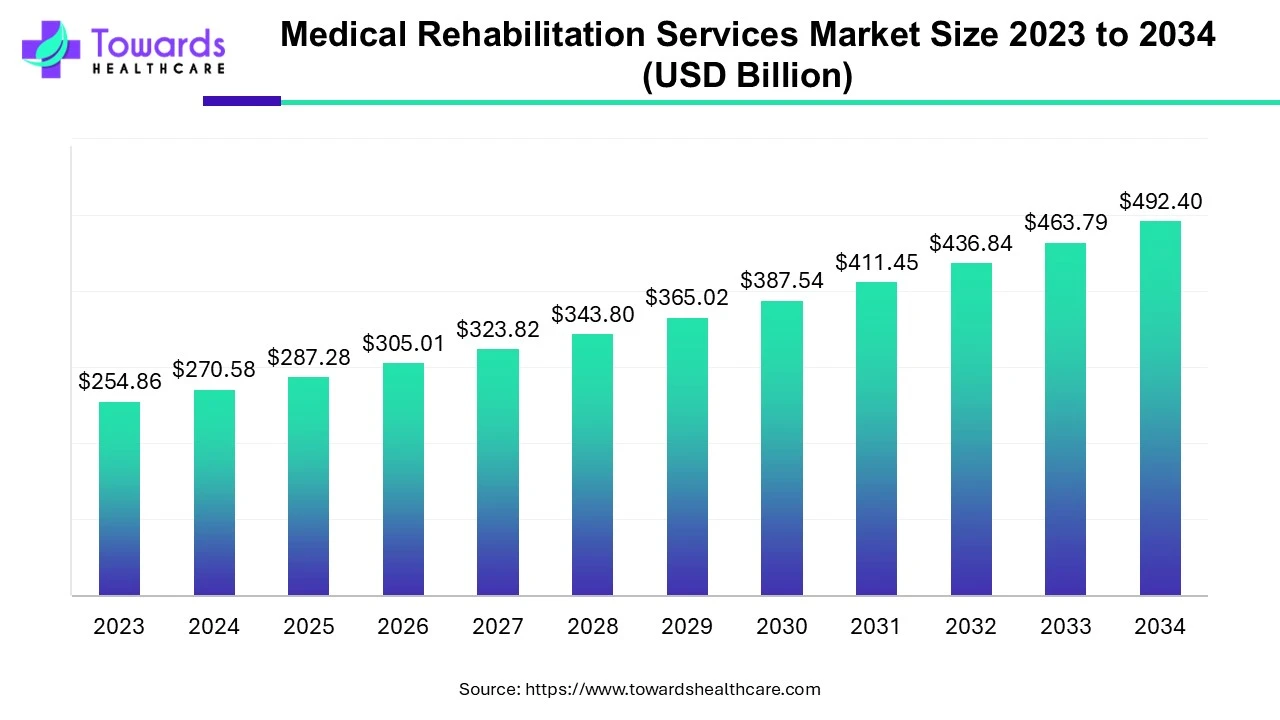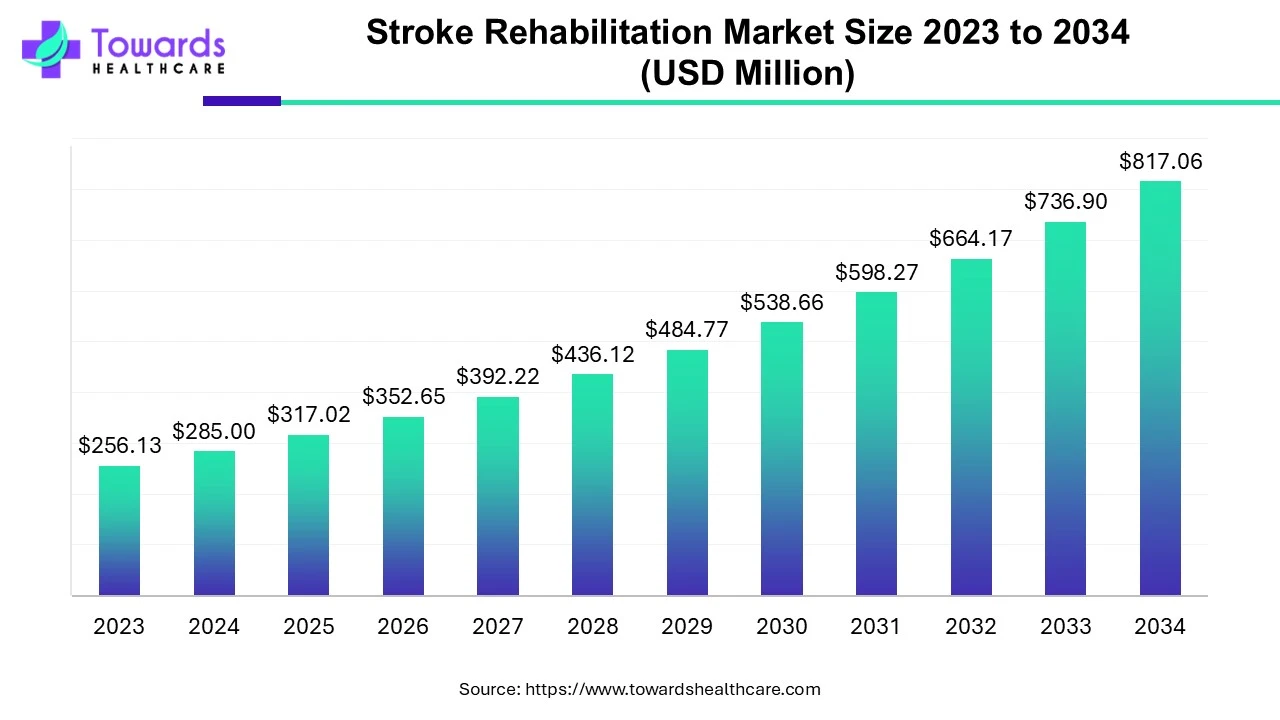
The healthcare industry is witnessing a remarkable transformation with the integration of augmented reality (AR) and virtual reality (VR) technologies. These advancements are revolutionizing surgical procedures, diagnostics, medical training, and patient care. In this article, we delve into the key factors driving the adoption of AR and VR in the healthcare sector, exploring how these technologies are reshaping the future of medicine.
Surgical Precision and Efficiency
One of the primary drivers propelling the adoption of AR and VR in healthcare is their ability to enhance surgical precision and efficiency. Surgeons are leveraging these technologies to visualize patient anatomy in real-time during operations, leading to more accurate procedures. Systems like touch surgery utilize VR to provide surgeons with immersive views of anatomical structures, allowing for better preoperative planning and intraoperative guidance. This results in reduced surgical errors and improved patient outcomes.
Training and Education
AR and VR are also transforming medical education and training. Medical professionals can now access immersive learning modules that offer realistic simulations of surgical procedures and anatomical structures. These modules provide a hands-on learning experience, enabling practitioners to enhance their skills and knowledge in a risk-free environment. Moreover, patients can benefit from AR-based educational tools, which help them understand complex medical procedures and treatment plans more comprehensively.
Enhanced Patient Care
In addition to improving surgical outcomes and training, AR and VR technologies are enhancing patient care. These technologies enable healthcare providers to offer personalized treatment plans and better patient education. For instance, AR-based visualization tools allow physicians to explain medical conditions and treatment options to patients in a more intuitive manner, leading to increased patient understanding and adherence to treatment regimens. Furthermore, VR exposure therapy is being used to treat various psychological disorders, offering patients a non-invasive and effective treatment option.
Download a short version of this report @ https://www.towardshealthcare.com/personalized-scope/5023
Technological Advancements
The growing adoption of AR and VR in healthcare is driven by advancements in technology. With the increasing use of connected devices in the healthcare sector, there is a rising demand for AR and VR applications in areas such as fitness management and telemedicine. Moreover, the development of sophisticated sensors and semiconductor components has made AR and VR devices more accessible and affordable. These components, including processors, controllers, and integrated circuits, enable seamless interaction and immersive experiences for users.
Global Market Opportunities
The AR and VR healthcare industry presents significant opportunities for manufacturers and international companies. Governments in underdeveloped countries are promoting the adoption of AR and VR technologies by offering incentives and reimbursement programs. This support has encouraged manufacturers to develop high-end equipment and instruments tailored to the healthcare sector’s needs. Additionally, collaborative research initiatives are driving innovation and fostering the development of cutting-edge solutions in both developed and developing countries.
As AR and VR technologies continue to evolve, their impact on the healthcare industry is expected to grow exponentially. From enhancing surgical precision to revolutionizing medical education and patient care, these technologies are poised to reshape the future of medicine. With ongoing advancements in technology and increasing global acceptance, the AR and VR healthcare market is set to expand rapidly, offering new opportunities for innovation and growth.
The integration of Augmented Reality (AR) and Virtual Reality (VR) in the healthcare industry holds immense potential to revolutionize patient care, medical training, and therapeutic interventions. However, despite the promising outlook, several challenges impede the widespread adoption and utilization of these technologies.
Lack of Medical Professionals’ Training
One of the primary hurdles in the implementation of AR and VR in healthcare is the insufficient training among medical professionals. While the benefits of these technologies are evident, many healthcare providers lack the necessary skills and knowledge to effectively utilize AR and VR systems in their practice. Medical training programs often fail to incorporate training on these advanced technologies, leaving healthcare professionals unprepared to integrate them into their workflows.
Concerns Over Data Security
Another significant concern hindering the adoption of AR and VR in healthcare is data security. The sensitive nature of medical data necessitates stringent measures to protect patient privacy and confidentiality. As AR and VR applications collect and process vast amounts of data, there is a heightened risk of security breaches and unauthorized access. Healthcare organizations must invest in robust cybersecurity measures to safeguard patient information and ensure compliance with regulatory requirements such as HIPAA (Health Insurance Portability and Accountability Act).
Lack of Experience in Technology Adoption
The healthcare industry has traditionally been slow to adopt new technologies, often relying on outdated paper-based systems for record-keeping and documentation. Transitioning to electronic medical records (EMRs) and AR/VR platforms requires a significant cultural shift and technological expertise. Many healthcare institutions lack the experience and resources necessary to successfully implement and integrate these technologies into their existing infrastructure. Without adequate support and guidance, the adoption process becomes arduous and fraught with challenges.
Accessibility of AR & VR Technologies
While AR and VR offer transformative experiences, their accessibility remains a major hurdle in the healthcare industry. These technologies typically rely on high-end devices such as PCs, laptops, and smartphones, which may not be readily available to all users. The cost of acquiring and maintaining these devices can be prohibitive for both healthcare organizations and individual users, limiting the reach of AR and VR applications. Additionally, the complexity of setting up and operating these systems further exacerbates the accessibility issue, particularly for those with limited technical expertise.
Solutions and Future Outlook
Despite the challenges, there are several strategies to overcome the hurdles of AR and VR adoption in healthcare.
Enhanced Training Programs
Investing in comprehensive training programs for medical professionals is crucial to bridge the skills gap and increase confidence in using AR and VR technologies. By integrating hands-on training sessions and simulations into medical curricula, healthcare providers can familiarize themselves with these technologies and their applications in various medical settings.
Strengthened Data Security Measures
Healthcare organizations must prioritize data security by implementing robust encryption protocols, access controls, and regular audits to mitigate the risk of data breaches. Partnering with cybersecurity experts and leveraging advanced encryption technologies can help safeguard patient data and maintain compliance with regulatory standards.
Support for Technology Adoption
To facilitate the adoption of AR and VR, healthcare institutions should provide adequate support and resources to streamline the implementation process. This includes offering technical assistance, conducting pilot programs, and incentivizing innovation through funding and grants. Collaborating with technology vendors and industry experts can also provide valuable insights and guidance throughout the adoption journey.
Improved Accessibility
Efforts to improve the accessibility of AR and VR technologies should focus on developing more affordable and user-friendly solutions. This includes optimizing software applications to run on a wider range of devices, including midrange smartphones and tablets. Furthermore, educating users about the benefits and usability of AR and VR can help increase awareness and adoption among diverse demographic groups.
Opportunities of the AR & VR in the Healthcare Industry
AR and VR technologies are increasingly gaining traction in the healthcare industry, thanks to the availability of advanced sensors and semiconductor components. These components, such as integrated circuits and sensors like magnetometers and accelerometers, are facilitating the growth of AR and VR applications in healthcare, providing a fertile ground for global leading players and manufacturers.
Innovative techniques like body mapping, interactive patient information, and data visualization are driving the expansion of AR and VR in healthcare, offering numerous opportunities for growth.
The corporate industry’s growth in the AR market is being fueled by significant investments in smart manufacturing. This allows businesses to efficiently manage their operations by remotely controlling equipment and educating employees through AR technology. For instance, heads-up displays and smart helmets provide real-time data to workers, aiding in their productivity.
The COVID-19 pandemic has further accelerated the adoption of AR and VR in the healthcare industry. These technologies have made it easier to train healthcare professionals and educate patients, addressing shortages of skilled staff and improving patient care. AR and VR have played a vital role in communication, virtual rehabilitation, and pain management for infected patients, while also reducing face-to-face interactions between clinicians and patients, thus contributing to better disease management. These technologies have also enhanced surveillance systems through live video broadcasting.
To own our research study instantly, Click here @ https://www.towardshealthcare.com/price/5023
Read More about AR and VR in Healthcare:
You can place an order or ask any questions, please feel free to contact us at sales@towardshealthcare.com
About Us
Healthcare Web Wire is a premier subsidiary of Towards Healthcare, dedicated to providing comprehensive insights and information related to the healthcare industry. With a commitment to delivering accurate and timely updates, Healthcare Web Wire serves as a vital resource for professionals, enthusiasts, and stakeholders within the healthcare sector. Our platform serves as a central hub for the latest news, trends and developments shaping the healthcare landscape. Join us on Healthcare Web Wire and become part of a vibrant community dedicated to advancing healthcare knowledge and shaping the future of healthcare worldwide.
Explore the comprehensive statistics and insights on healthcare industry data and its associated segmentation: Get a Subscription
For Latest Update Follow Us: https://www.linkedin.com/company/towards-healthcare


